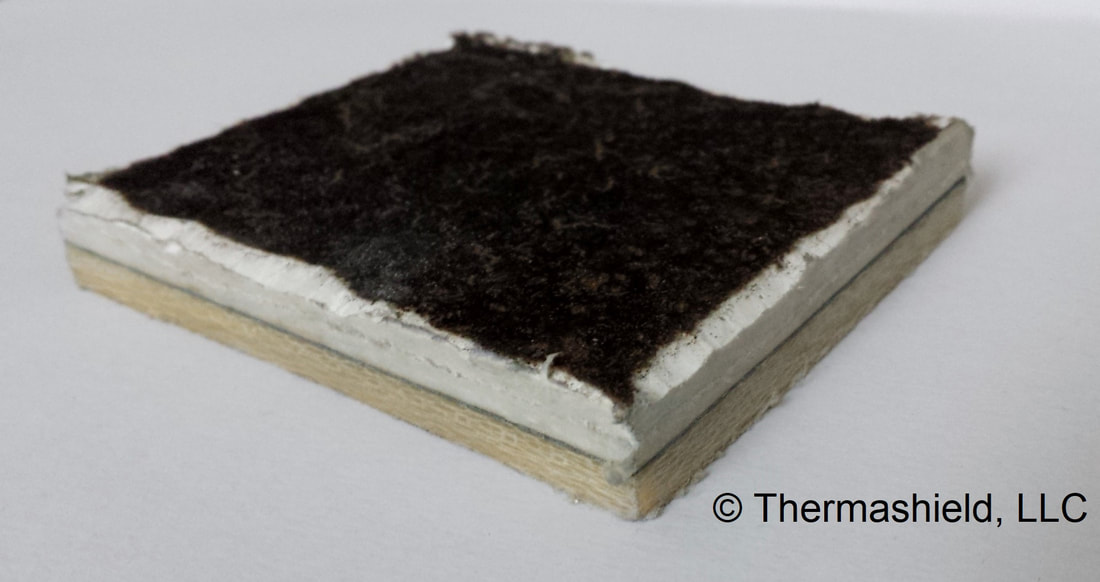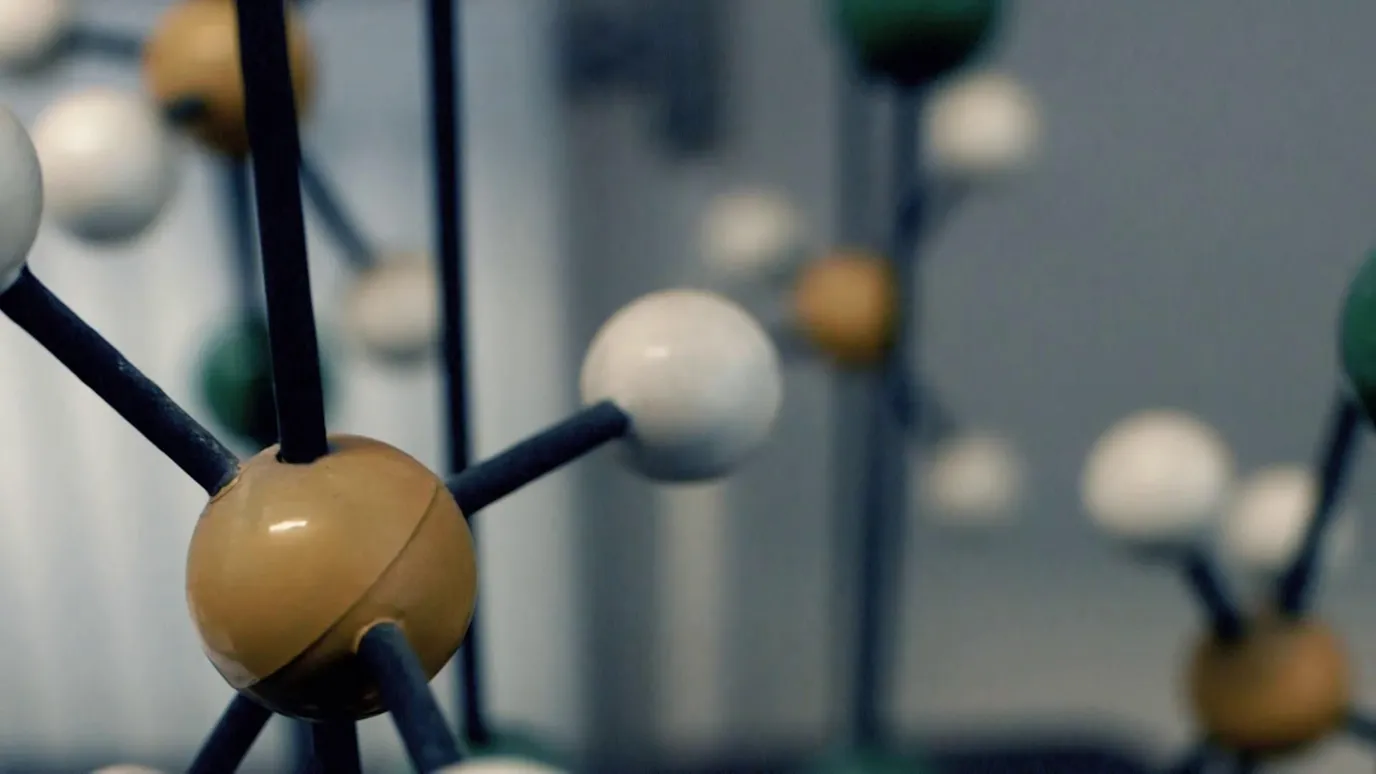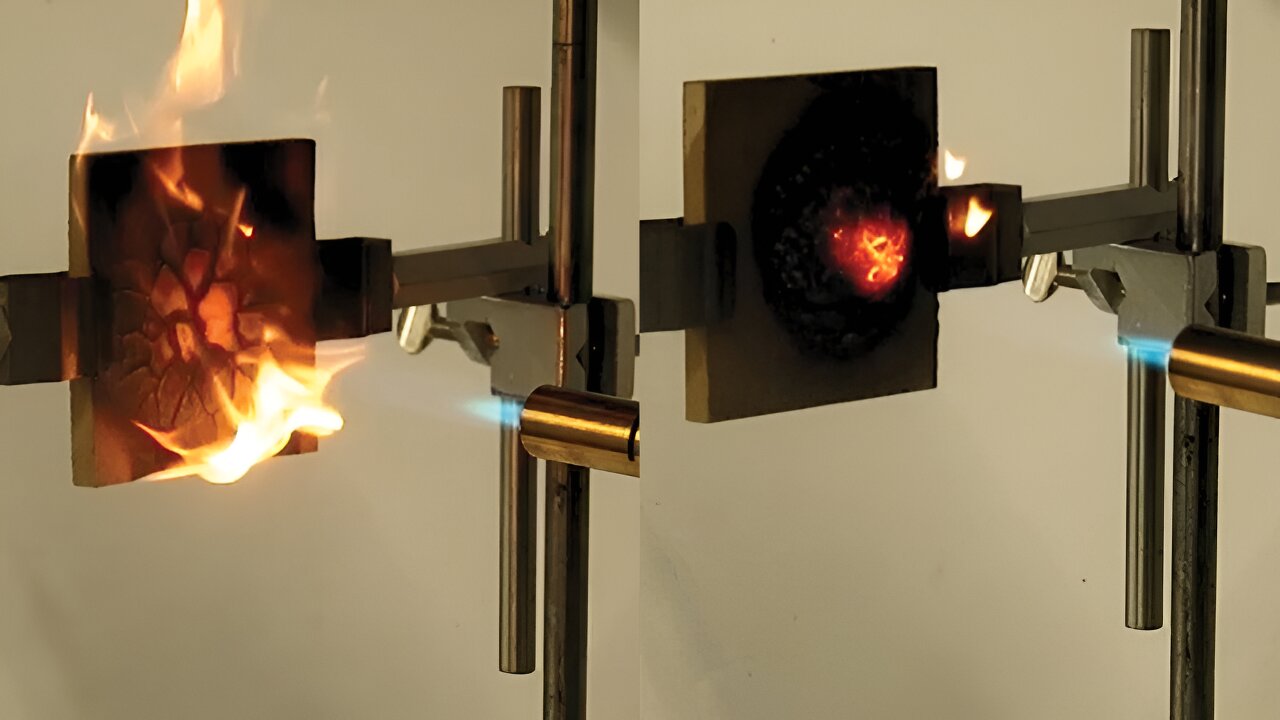You are using an out of date browser. It may not display this or other websites correctly.
You should upgrade or use an alternative browser.
You should upgrade or use an alternative browser.
Could Starlite have saved the Shuttle?
- Thread starter danwild6
- Start date
Neither of those would have any difference. And why doesn't flying heads up even matter?Having LFBs and flying heads up would have been better.
Last edited:
No.Many have heard of the insulating and fire resistant abilities of Starlite but could it have reduced or eliminated the icy foam build up that lead to the destruction of the Columbia?
a. the capabilities and characteristics of "Starlite" are not defined enough to make a judgement.
B. The foam on the tank was insulation to maintain the propellants in a cryogenic state. It isn't a heat shield. That wasn't demonstrated for Starlite
C. If Starlite were to replace the tiles on the orbiter, it would have to weigh the same or less. But it wasn't the tiles, it was the RCC on the wing leading edge. No demonstration of that type of structure was done.
Last edited:
Could it be theoretically possible to create an insulating material that would prevent the build up of ice as a hazard?No.
a. the capabilities and characteristics of "Starlite" are not defined enough to make a judgement.
B. The foam on the tank was insulation to maintain the propellants in a cryogenic state. It isn't a heat shield. That wasn't demonstrated for Starlite
C. If Starlite were to replace the tiles on the orbiter, it would have to weigh the same or less. But it wasn't the tiles, it was the RCC on the wing leading edge. No demonstration of that type of structure was done.
- Joined
- 16 April 2008
- Messages
- 8,417
- Reaction score
- 10,420
Could it be theoretically possible to create an insulating material that would prevent the build up of ice as a hazard?
In theory, sure. Of course, no such material is known to exist (with suitable thermal characteristics, weight, durability, etc.) or NASA would have used it.
- Joined
- 13 August 2007
- Messages
- 7,163
- Reaction score
- 6,559
There were allot issue with Starlite
The biggest was its inventor Maurice Ward (1933–2011)
He keep recipe secret, botch up negotiations with big corporation and took his secret with in his grave (according some sources)
NASA and Boeing in 1994 study Starlite as replacement for Shuttle heat shield
but failed because Ward outraging demands and obstinacy (according some sources).
According Keith Lewis, a retired MOD officer,
noted that the material only guards against thermal damage and not the physical damage, which can destroy the insulating layer.
in other words Starlite is fragile like Shuttle heat shield material
Also seem that Starlite can be use only once and has to be removed afterwards.
other issue was that Starlite transform into foam if heated, what could change drastic the Aerodynamic of Shuttle.
this and problems Ward caused is reason NASA never took Starlite as heat shield material...
Sources:

 en.wikipedia.org
en.wikipedia.org

 www.bbc.com
www.bbc.com
The biggest was its inventor Maurice Ward (1933–2011)
He keep recipe secret, botch up negotiations with big corporation and took his secret with in his grave (according some sources)
NASA and Boeing in 1994 study Starlite as replacement for Shuttle heat shield
but failed because Ward outraging demands and obstinacy (according some sources).
According Keith Lewis, a retired MOD officer,
noted that the material only guards against thermal damage and not the physical damage, which can destroy the insulating layer.
in other words Starlite is fragile like Shuttle heat shield material
Also seem that Starlite can be use only once and has to be removed afterwards.
other issue was that Starlite transform into foam if heated, what could change drastic the Aerodynamic of Shuttle.
this and problems Ward caused is reason NASA never took Starlite as heat shield material...
Sources:

Starlite - Wikipedia

How does the 'wonder material' Starlite actually work? - BBC Reel
We ask material experts how Starlite is able to withstand such high temperatures. Part two of six.
There was no "icy" foam. It was just foam.Many have heard of the insulating and fire resistant abilities of Starlite but could it have reduced or eliminated the icy foam build up that lead to the destruction of the Columbia?
There already was. It was the existing foam that was on the External tank. That is what it was for, keep the propellant cold and keep ice of the exerior. And it did the job well. The only issue was joints and protuberances. The foam sheds. The issue is that the Orbiter tiles are not impact resistant. Almost all launch vehicle (especially ones using cryogenic propellants) create a debris shedding environment during ascent. This is not usually an issue. The problem arises with vehicles that have parallel stages or configurations with hardware next to a shedding environment.Could it be theoretically possible to create an insulating material that would prevent the build up of ice as a hazard?
Last edited:
Firefinder
ACCESS: Top Secret
- Joined
- 5 October 2019
- Messages
- 791
- Reaction score
- 1,272
If it was possible at the time.In theory, sure. Of course, no such material is known to exist (with suitable thermal characteristics, weight, durability, etc.) or NASA would have used it.
There a bunch of materials and Alloys that we can make now, in bulk let alone the special stuff, that the 1970s Nasa Engineers would have cheerfully Sacrifice their first and second born, Murder half their Families, and Sold both nuts for.
And while not there is no ONE material that meets the criteria... YET.
There are more than enough stuff that if they made the Shuttle today?
As in they never did in the 1970s, instead started it today?
It a completely different beast that be far, far safer even without the lessons learned from Challenger and Columbia.
Starlight was just goop. Maybe some in the hole of the RCC with aerogel packing?
Of interest

 phys.org
phys.org
Of interest

Recycling the non-recyclable: New epoxy resin resists flames and reduces waste
Empa researchers have developed an epoxy resin that can be repaired and recycled, in addition to being flame-retardant and mechanically strong. Potential applications range from coating for wooden flooring to composites in aerospace and railways.
Last edited:
I wonder if starlite could be made to flow through aerogel tubes.
In terms of transpiration cooling...has anyone looked at the heated working fluid doing a chemical reaction with another fluid so as to lose heat before a fresh circulation?
Lastly...say I want a sample return coming in very fast.
Any work done with ablative coatings on shuttle tiles?
In terms of transpiration cooling...has anyone looked at the heated working fluid doing a chemical reaction with another fluid so as to lose heat before a fresh circulation?
Lastly...say I want a sample return coming in very fast.
Any work done with ablative coatings on shuttle tiles?
martinbayer
ACCESS: Top Secret
- Joined
- 6 January 2009
- Messages
- 2,395
- Reaction score
- 2,119
I think Starlite reusability without the need for renewal/removal/reapplication was never demonstrated, but I'd be elated to be proven wrong.
Aerogel is too frail for such tasksI wonder if starlite could be made to flow through aerogel tubes.
In terms of transpiration cooling...has anyone looked at the heated working fluid doing a chemical reaction with another fluid so as to lose heat before a fresh circulation?
Lastly...say I want a sample return coming in very fast.
Any work done with ablative coatings on shuttle tiles?
no need for ablative coatings on shuttle tiles, just make the tiles thicker
Firefinder
ACCESS: Top Secret
- Joined
- 5 October 2019
- Messages
- 791
- Reaction score
- 1,272
Better yet be using Titanium for the frame which would allow use of a less insulating but structurally stronger material be used in place of the Carbon Carbon tiles.Aerogel is too frail for such tasks
no need for ablative coatings on shuttle tiles, just make the tiles thicker
Like the Original Design called for before all types of fun games happened for reasons that never panned out, instead of the Aluminum that it ended up using
Which force the use of the better insulation of Carbon Carbon Tiles blah blah, go look in the Shuttle thread here it has it all.
No, just stick with one and make it thicker. No advantage to use different layers.Tiles and ablatives in combination might be good for outer solar system sample return. I imagine they would could come in so fast you might want a combination.
martinbayer
ACCESS: Top Secret
- Joined
- 6 January 2009
- Messages
- 2,395
- Reaction score
- 2,119
Not even with respect to mass savings for high delta-v missions? Everything's a requirements/design/cost/performance tradeoff in aerospace.No, just stick with one and make it thicker. No advantage to use different layers.
Similar threads
-
Top Secret DAMON: the classified reconnaissance payload planned for the fourth space shuttle mission
- Started by Flyaway
- Replies: 1
-
RSecret plan to privatize shuttle; now, to a next-generation shuttle.
- Started by RGClark
- Replies: 20
-
-
-
